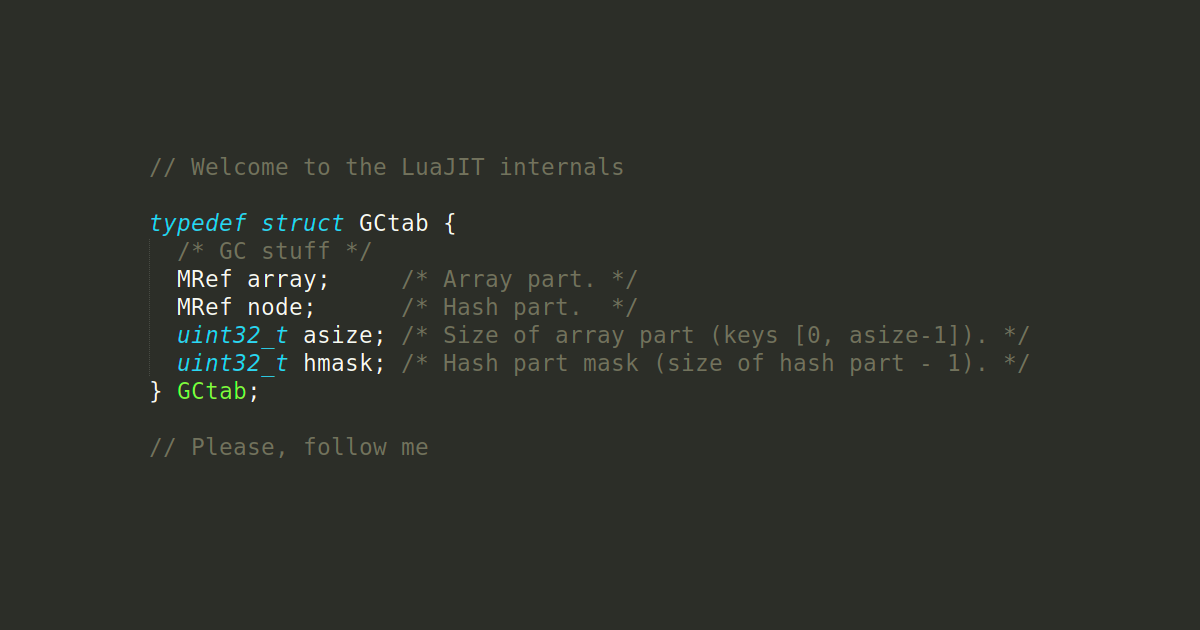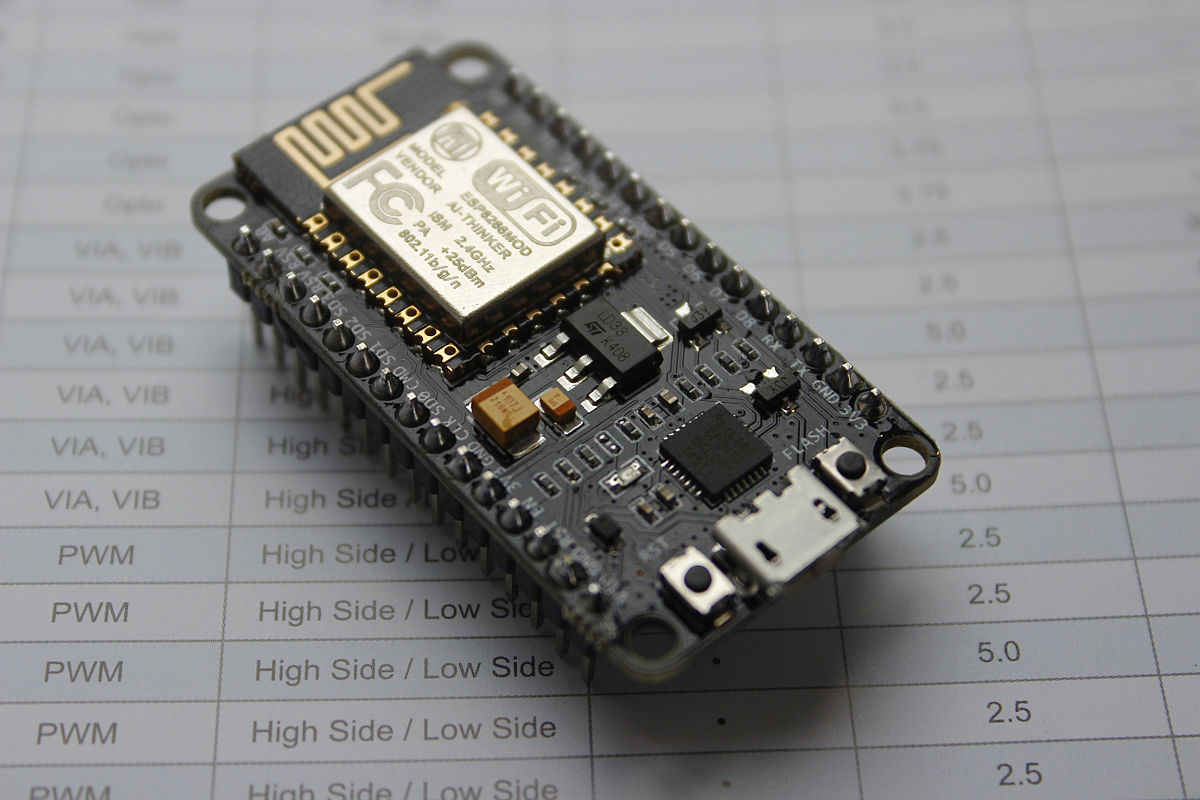
So you want to learn more about game engines and write one yourself? That's awesome! To help you on your journey, here are some recommendations of C++ libraries and dependencies that will help you hit the ground running.

Lightweight, multi-paradigm programming language

So you want to learn more about game engines and write one yourself? That's awesome! To help you on your journey, here are some recommendations of C++ libraries and dependencies that will help you hit the ground running.
Link to GitHub. More details about the operation of the algorithm and the module can be found here.
The ACME protocol client is used to automatically obtain a security certificate for your site. Basically everyone uses Let's Encrypt to get a free certificate and auto-renewal. But there are other services, such as Zero SSL. It also supports the ACME protocol.
I relied on two articles from Habr (this and this), as well as RFC8555. But the information in them was not enough to implement their own version of the modulation. At least several times higher than several implementations of the module [at another level]. The tests were conducted on a live service, so there are no autotests yet. You can write and init pull request.
The module is written under Linux. Only the second version of the protocol is considered.




One thing about WebSockets is that you need a lot of resources on the client's side to generate high enough load for the server to actually eat up all the CPU resources.
There are several challenges you have to overcome because the WebSockets protocol is more CPU demanding on the client's side than on the server's side. At the same time you need a lot of RAM to store information about open connections if you have millions of them.
I've been lucky enough to get a couple of new servers for a limited period of time at my disposal for the hardware "burnout" tests. So I decided to use my Lua Application Server — LAppS to do both jobs: test the hardware and perform the LAppS high load tests.


NodeMCU is an interactive firmware, which allows running Lua interpreter on the ESP8266 microcontroller (ESP32 support is in development). Alongside with all the regular hardware interfaces, it has WiFi module and SPIFFS file system.
This article describes the new module for the NodeMCU — sdm. SDM stands for simple driver model and it provides device-driver model abstraction for the system. In the first part of this article we will discuss the model itself and in the second part will be a showcase of dynamically created web user interface using sdm with some commentaries.


